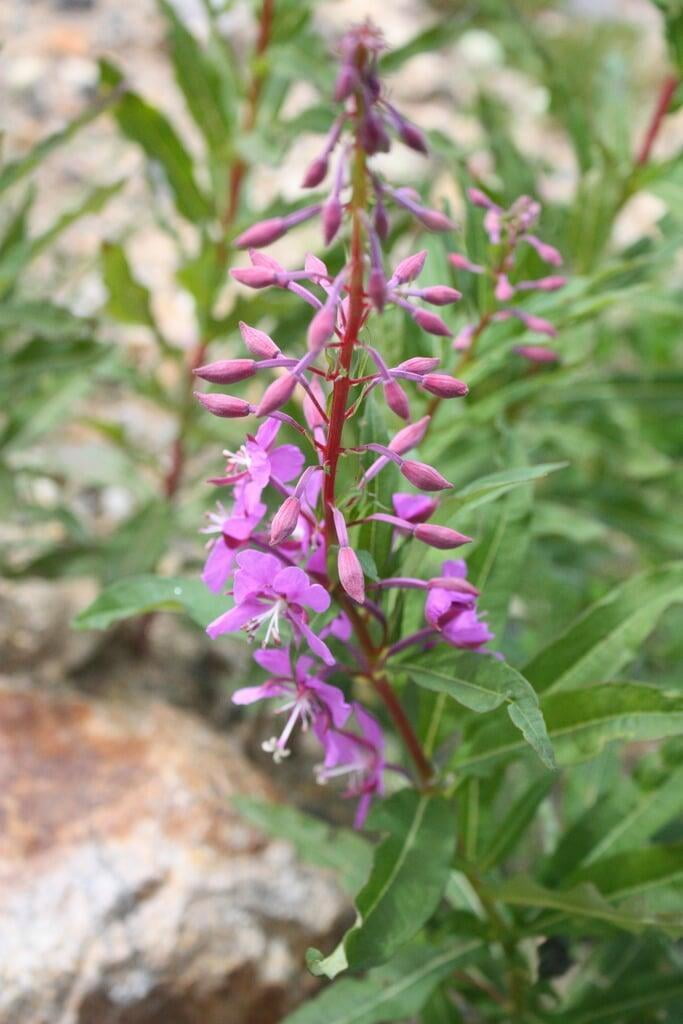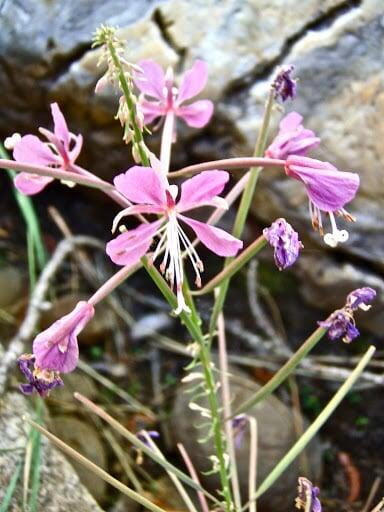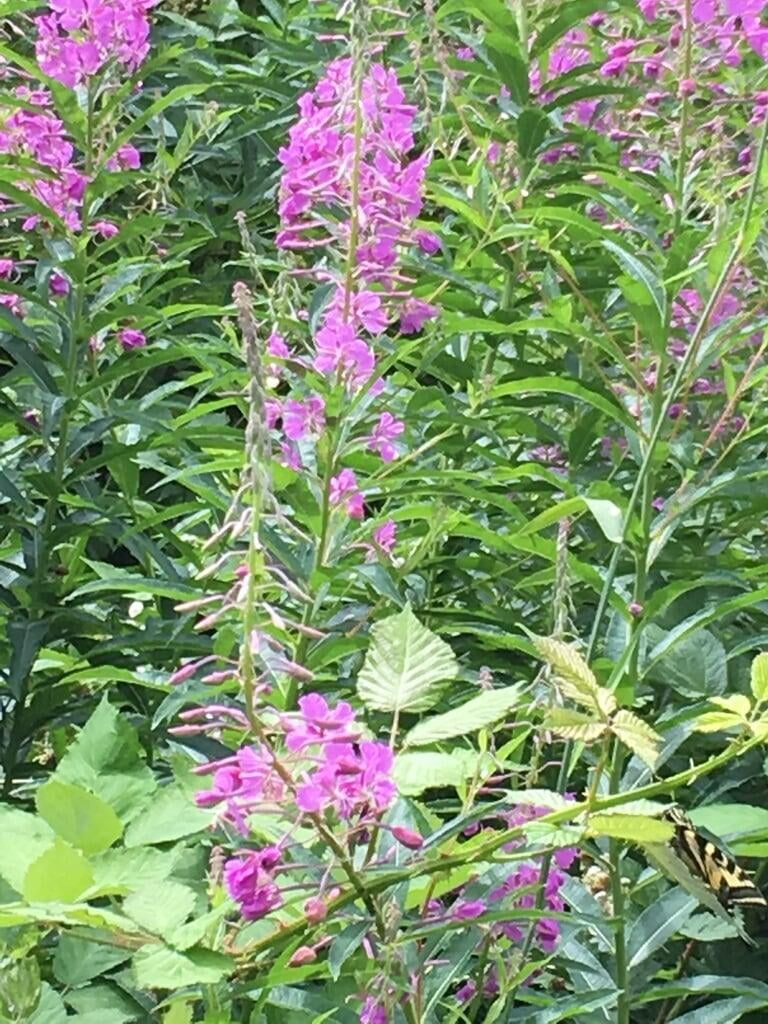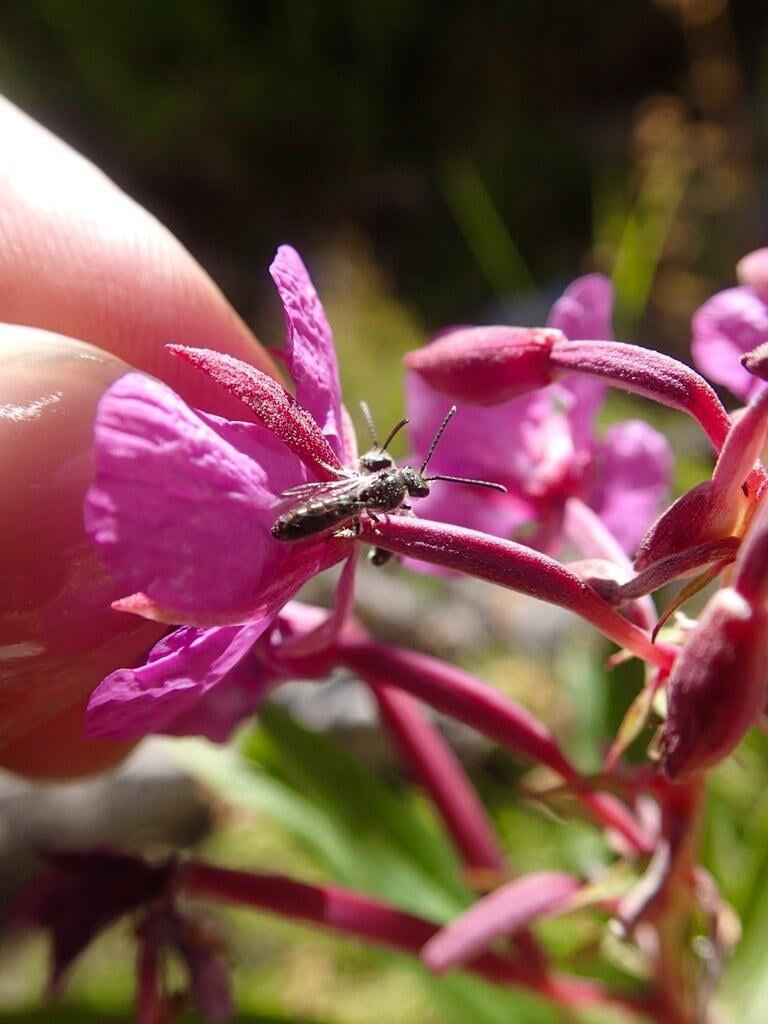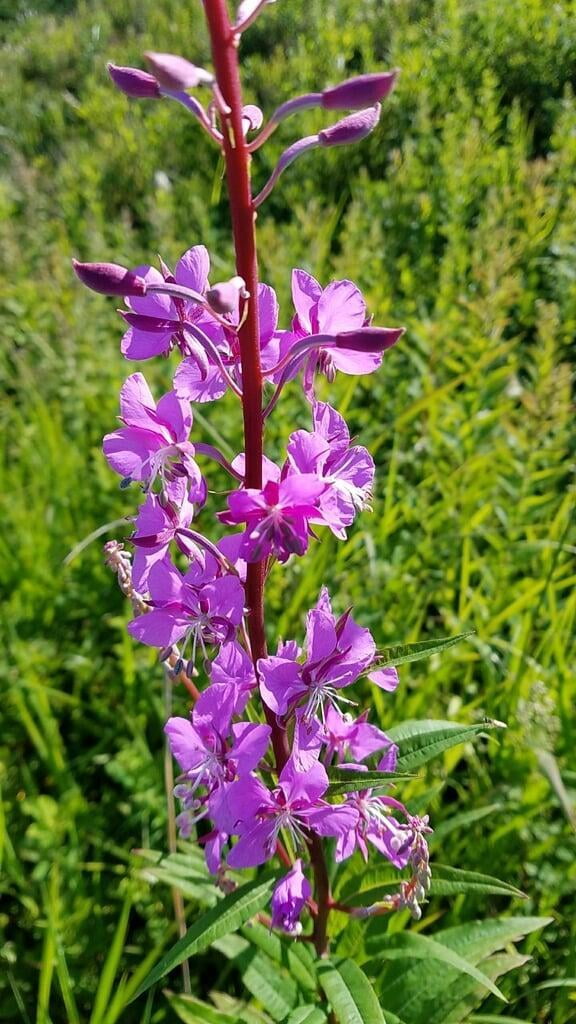chamaenerion angustifolium
Fireweed Description:
Chamaenerion angustifolium, commonly known as fireweed or rosebay willowherb, is a perennial herbaceous plant that is native to the United States. The plant typically grows to a height of 1-2 meters (3-6 feet) and has a tall, unbranched stem that is covered in leaves that are long and narrow. In the summer, the plant produces striking pink or purple flowers that are arranged in a long, spiky inflorescence. The flowers are a source of nectar for bees and other pollinators, and the plant serves as an important wildlife habitat for a variety of animals.
Chamaenerion angustifolium is a versatile plant that has many uses. It is valued as an ornamental plant for its showy flowers and hardy nature, and it is also used in traditional medicine to treat a variety of ailments. The plant is also edible, with the leaves, flowers, and young shoots all being used as food in different parts of the world.
One of the most interesting aspects of fireweed is its role as a pioneer species and soil stabilizer. The plant is often one of the first to colonize disturbed or burned areas, and it is able to grow in a wide range of soil types. Fireweed is also an important species for land reclamation and has been used to help restore areas that have been damaged by mining or other human activities.
Overall, Chamaenerion angustifolium is a hardy and adaptable plant that is valued for its ornamental, medicinal, and ecological properties. Its striking pink or purple flowers make it a popular choice for gardeners and its ability to grow in challenging environments makes it an important plant for land managers and ecologists.
Native Range:
Fireweed has a native range in the USA that spans from California to Minnesota and Eastward to Maine. It is not found in the Southern and Southeastern United States.
Standard Plant Information:
Plant Height: 3' - 7'
Bloom Time: June - August
Preferred Habitat: Does well in part shade to full sun with moist soil. Generally found along woodland edges, clearings, and shorelines.
Sowing:
For most homeowners, the best option is to scatter seed on the ground by hand broadcasting at a minimum of 16-64 pls ounces per acre. For even coverage, we recommend that you broadcast seed in perpendicular rows across the site to ensure even coverage.
You’ll want to broadcast any grass seed first, which will get raked into the soil lightly. Next, it is ideal to mulch the area lightly with either a clean (no seed) straw or preferably with our native Little Bluestem straw, sold at our retail garden centers. After a light mulching is complete, now it’s time to broadcast your native wildflower seeds, which should not be raked into the soil. A good rain or watering is sufficient to cover the seed.
Planting:
Simply dig a hole in the soil slightly larger than the plant’s roots. Ensure that the soil line of the plant is maintained during the transfer (i.e. the plant should be at the same level with the ground as it was in the pot). Pack any loose dirt back around the plant and make sure you water it well the same day to ensure it has the best chance of survival.
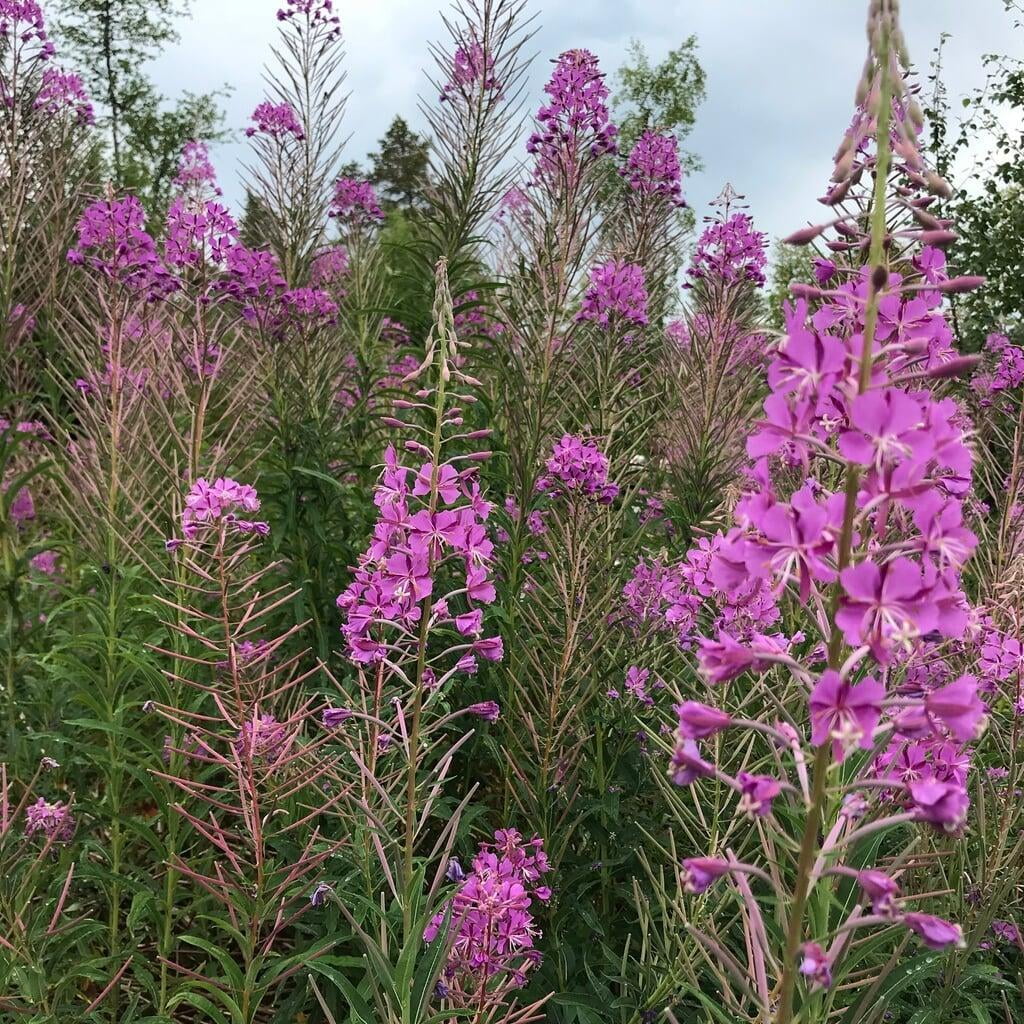
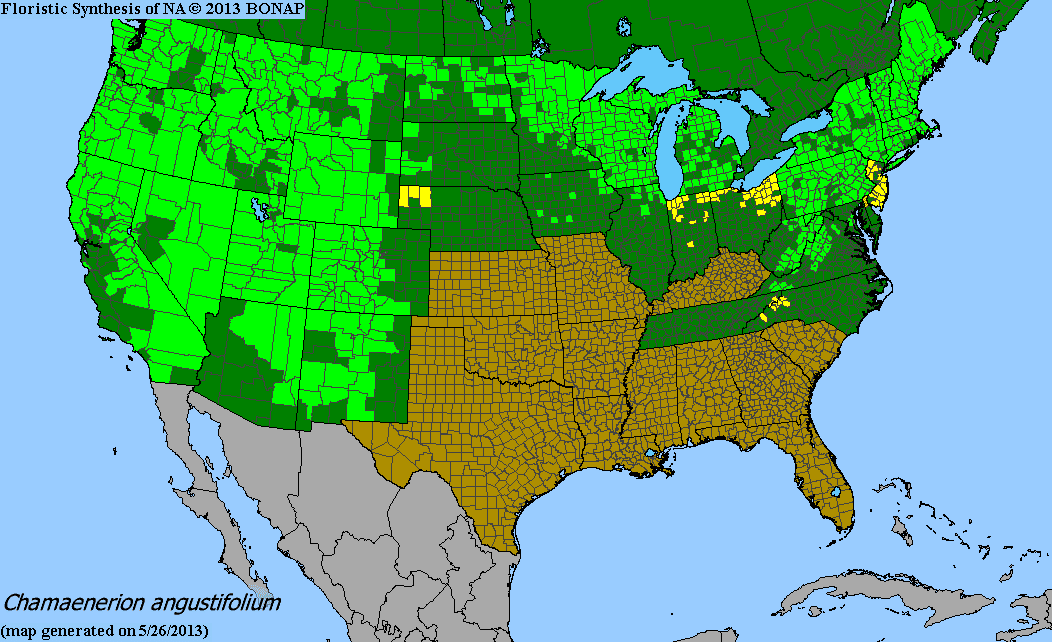
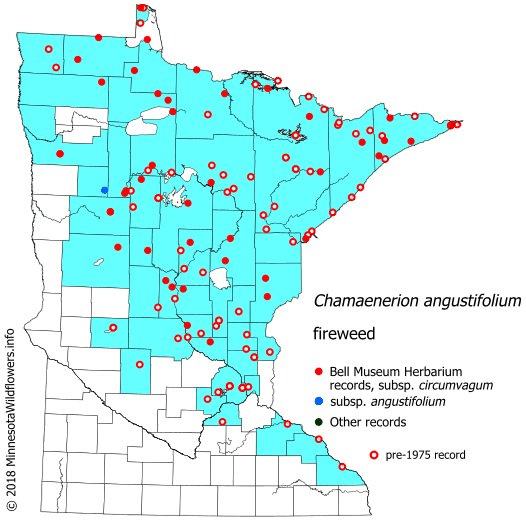
maps used with permission from MN Wildflowers
Chamaenerion angustifolium Gallery
Chamaenerion angustifolium Gallery
